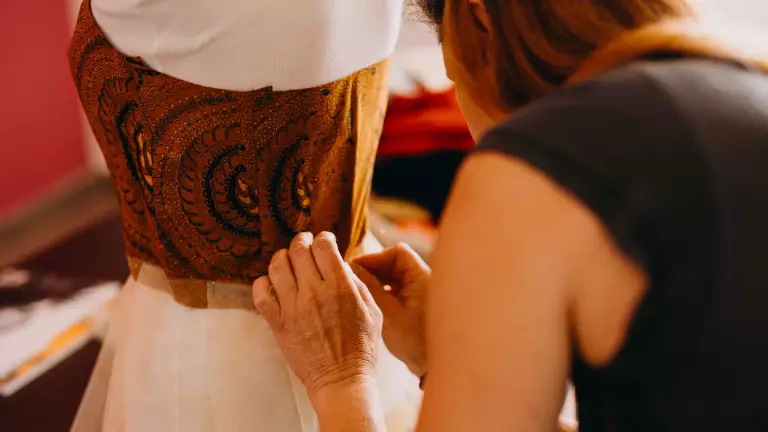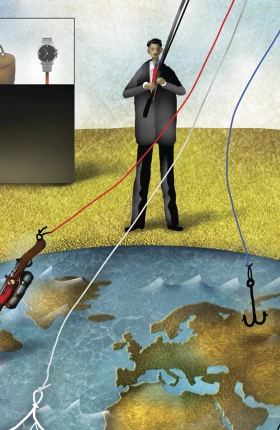In recent years, the luxury industry has demonstrated its ability to endure and overcome crises.
This lends weight to market estimates that predict a return in 2022 to pre-COVID-19 levels of value creation as well as revenue growth of 6% from 2022 to 2026. In this environment, French luxury fashion houses have been playing their cards right. Now, more than ever, luxury is a source of national pride for the general public in countries where it is most highly developed. Research suggests that consumers view the luxury industry as being defined by quality, craftmanship, and creativity.
Consumers also believe that luxury brands bear a certain degree of responsibility for social and environmental progress. According to Laurent Boillot, president and CEO of Hennessy and the newly elected chairman of Comité Colbert (an association of major luxury brands based in France), the goal of luxury is “to preserve, develop, and pass on to future generations.”
Consumers agree—and their shifting expectations suggest that they are asking for even more:
- For example, 60% say that they incorporate sustainability into their purchasing decisions. The same number believe the luxury industry should take charge of the broader ESG transformation.
- About 50% are interested in the concept of a virtual store, and around 70% believe that, currently, their online luxury shopping experiences don’t meet the same standard as their live experiences.
- Approximately 80% believe that luxury companies need to take responsibility beyond production and sales by offering repairs, upcycling, and secondhand services.
Luxury players must respond to these emerging pressures individually and collectively. Given its flourishing economic success and excellence in certain areas—such as product quality and customer relationships—the industry should help drive a larger movement that extends beyond its sector. Because of their prominence and international leadership, French luxury brands are particularly poised to lead this charge.
After conducting more than 40 interviews with Comité Colbert members, luxury fashion house directors, and industry experts, we have identified five challenges, each of which doubles as an opportunity, for brands to address as they try to meet their social and environmental responsibilities:
- Resources and Production. From excellence in core expertise to responsibility across the entire supply chain, the industry must maintain rigorous standards of quality and accelerate innovation in light of resource scarcity.
- Life Cycle. Luxury products tend to be inherently sustainable. Ultimately, though, how they are used is more important than how they are produced. In an era marked by severely disruptive climate change, brands must consider what style longevity, secondhand markets, repair opportunities, upcycling, and other life-cycle issues mean for their business models.
- Customer Relationship. The luxury industry must strive to translate excellence into new physical and digital experiences and adopt a robust omnichannel strategy for engaging customers.
- Responsibility. Luxury brands will have to collaborate—among themselves and beyond the industry—and carefully message their approach to environmental, social, and governance (ESG) initiatives to drive lasting impact.
- Globalization. There’s a lot for brands to navigate—from continued globalization to shifting geopolitical dependencies—as they pursue new opportunities and anticipate emerging risks.
A closer look at each of these topics suggests ways in which the luxury industry can act as a bold pioneer of change, generating positive impact worldwide.






